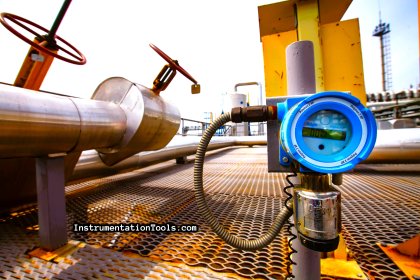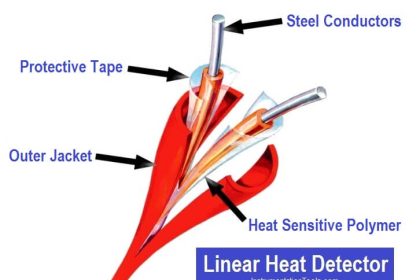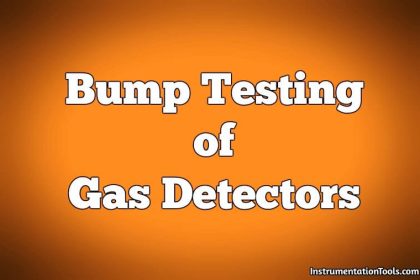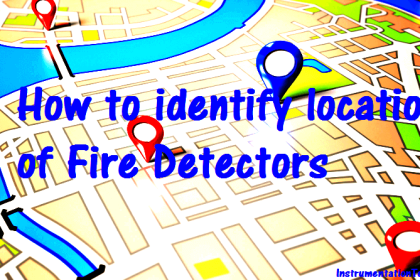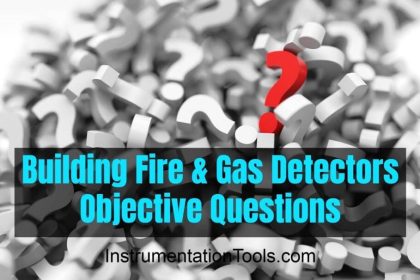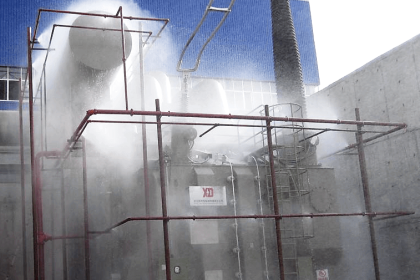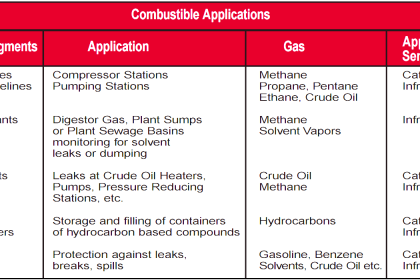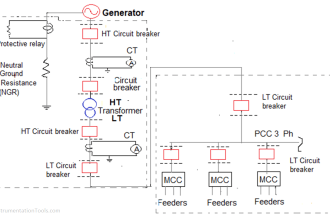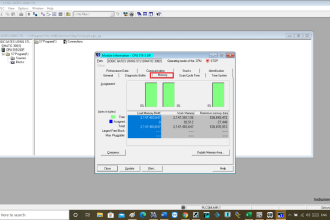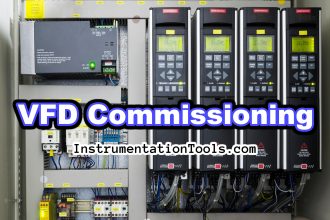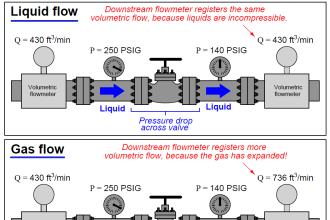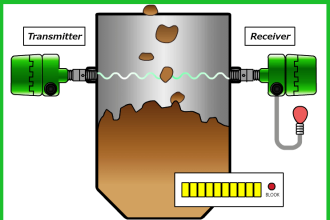This article refers to issues surrounding the detection of leaks and gases and what type of containment Gas Leak Detection System have been designed to manage unplanned releases.
A gas leak refers to a leak of natural gas or other gaseous product from a pipeline or other containment into any area where the gas should not be present. Because a small leak may gradually build up an explosive concentration of gas, leaks are very dangerous.
A gas detector is a device that detects the presence of gases in an area, often as part of a safety system. This type of equipment is used to detect a gas leak or other emissions and can interface with a control system so a process can be automatically shut down. A gas detector can sound an alarm to operators in the area where the leak is occurring, giving them the opportunity to leave.
Gas detectors can be used to detect combustible, flammable and toxic gases, and oxygen depletion. This type of device is used widely in industry and can be found in locations, such as on oil rigs, to monitor manufacture processes and emerging technologies such as photovoltaic. They may be used in firefighting.
Gas Leak Detection System
Gas leak detection is the process of identifying potentially hazardous gas leaks by sensors. These sensors usually employ an audible alarm to alert people when a dangerous gas has been detected. Exposure to toxic gases can also occur in operations such as painting, fumigation, fuel filling, construction, excavation of contaminated soils, landfill operations, entering confined spaces, etc.
Common sensors include combustible gas sensors, photoionization detectors, infrared point sensors, ultrasonic sensors, electrochemical gas sensors, and semiconductor sensors. More recently, infrared imaging sensors have come into use.
All of these sensors are used for a wide range of applications and can be found in industrial plants, refineries, pharmaceutical manufacturing, fumigation facilities, paper pulp mills, aircraft and shipbuilding facilities, hazmat operations, waste-water treatment facilities, vehicles, indoor air quality testing and homes.
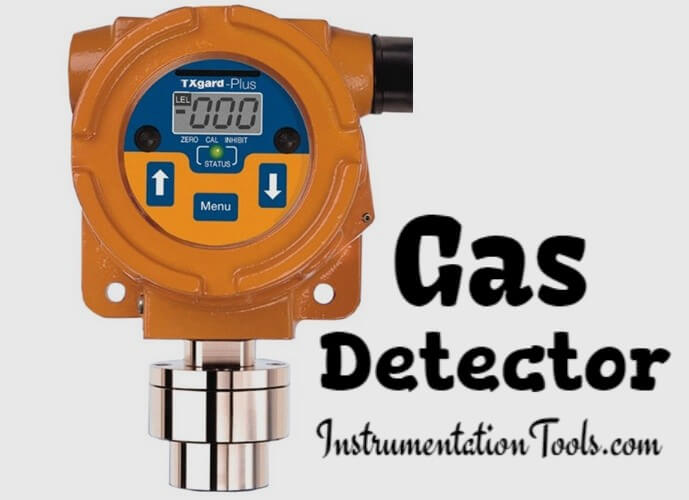
The following aspects should be considered with respect to Leak/Gas Detection:
- Human Factors;
- Objectives of leak/gas detection systems;
- Types of leak/gas detectors required;
- Maintenance of leak/gas detectors; and
- Management of leak/gas detector systems.
The following issues may contribute towards a major accident or hazard:
- Unrecognised high-risk areas, where detectors could be used;
- No detectors or the wrong types in place in high risk areas;
- Detectors incorrectly positioned and installed on site;
- Poor level of maintenance and control of detection systems;
- Too heavy a reliance on ineffective detectors.
Factors to consider for Gas Leak detection system
The Safety Report should address the following points:
The appropriateness of the types of detectors being used (UV detectors, IR detectors, smoke detectors, intrinsically safe detectors, heat detectors, specific substance detectors, explosimeters) in terms of the environment in which they are located and to perform the duty expected;
The effectiveness of using the detectors in terms of their positioning relative to the possible leak sources, taking account of dispersion and dilution of the released gases/vapours;
The effectiveness of the detectors for the types of substances to be detected (flammable substances, acid gases, smoke, explosive substances, toxic substances) at the concentrations required. Detectors may be chosen to react to more than one substance;
The types of protective devices linked to the detection systems (alarms, warning lights, reaction quenching systems, isolation systems, fire retardant systems, plant shutdown systems, trip devices, emergency services);
The reliability of each detector (range of detection, response time of detection, level of maintenance, calibration frequency, performance testing frequency, proof testing);
The detectors can be clearly seen, heard and understood, (appropriate warning signs, lighting, noise recognition), on plant, in the control room and off-site (if appropriate);
The procedures to respond to alarms, as a result of a leak/gas being detected (emergency evacuation plans, fire drills, risk assessing existing emergency evacuation plans), to confirm that the release has actually occurred and to record and investigate false alarms and take action to change the system to maintain the confidence of operators;
The level of risk associated with each potential leak source (risk assessments, risk-rating systems) and the reduction in that assessed risk value achieved by the use of detectors;
The provision and accessibility (to operators, maintenance staff etc)of a sufficient site plan which maps all potentially hazardous areas (zones 0, 1 & 2, segregation of compatible hazardous substances);
Factors to consider for fire detection system
The Safety Report should address the following points :
- The types of fire detector systems in place (infrared detectors, ultraviolet light detectors, temperature detectors, smoke detectors);
- The area covered by the detection system;
- The reliability of the fire detection systems (fail-to-danger faults, spurious alarms); and
- The types of fire protection systems in place (fire proofing, water sprays, foam/filming agents, monitor guns, combustible gas monitors, foam on tanks, fire walls/barrier walls, emergency relief venting for buildings, dust explosion control).
Major hazards
The Safety Report should address the following points:
- Detector fails to detect in time (i.e. response time of instrument and/or response to high reading/alarm failing to prevent a major accident),
- Detector fails in undetected unsafe state (reading zero),
- Alarms, warning devices and protective devices fail to operate on demand,
- A leak occurs which cannot be detected (due to position of sensor or weather conditions), and
- Maintenance procedures not followed, increasing unavailability of system or rendering system ineffective.
